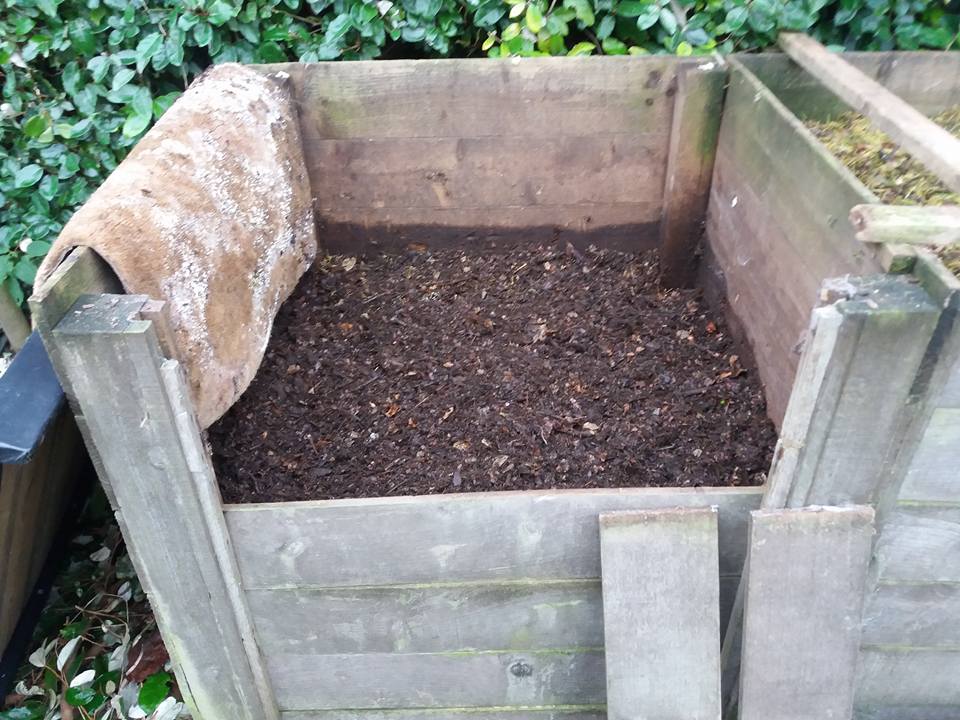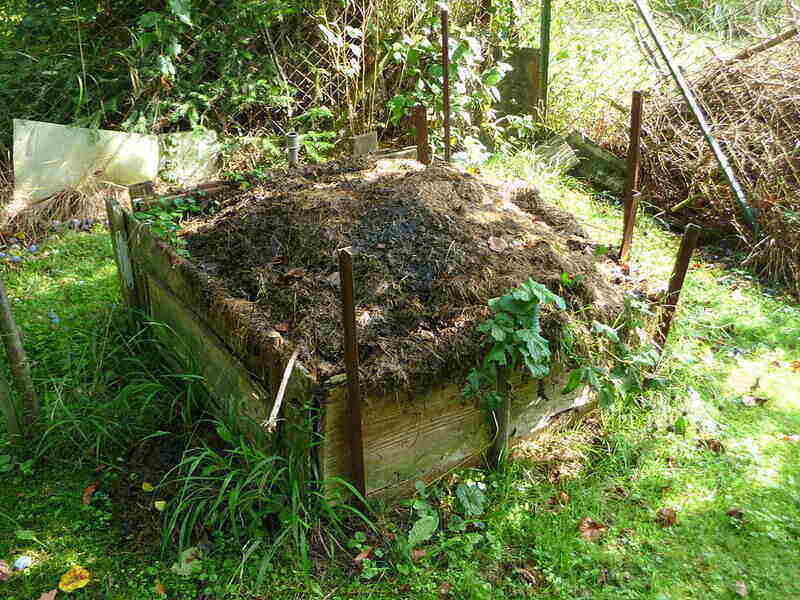To compost lawn clippings, first, create a compost pile with equal parts green and brown materials. Mix in the clippings regularly to aerate the pile and speed up decomposition.
Composting lawn clippings is an effective way to recycle yard waste and enrich your garden soil. Lawn clippings are rich in nitrogen, making them an excellent green material for compost. This process not only reduces landfill waste but also promotes a healthier ecosystem.

Credit: lawnlove.com
By properly managing your clippings, you can create nutrient-dense compost that boosts plant growth. Learning how to compost effectively can lead to sustainable gardening practices. With a few simple steps, you can transform your lawn clippings into valuable compost, benefiting both your garden and the environment.
How to Compost Lawn Clippings : Step by Step Guide
Why Compost Lawn Clippings?
Composting lawn clippings offers many benefits for your garden. It provides nutrients to the soil. This helps plants grow healthier and stronger. Organic matter from clippings improves soil structure. It also boosts moisture retention, reducing the need for watering.
Composting lawn clippings has a positive environmental impact. It helps reduce waste in landfills. Lawn clippings decompose naturally, returning nutrients to the earth. This process also lowers greenhouse gas emissions. By composting, you contribute to a sustainable ecosystem.
Prepping Your Lawn Clippings
To achieve ideal conditions for composting lawn clippings, consider the following:
- Maintain a moisture level of about 50%.
- Use a mix of materials like leaves and kitchen scraps.
- Turn the pile every few weeks for better aeration.
Avoid using clippings from lawns treated with pesticides or herbicides. These chemicals can harm beneficial microorganisms. Do not add clippings from diseased plants. This prevents spreading diseases in the compost. Avoid clippings that are too wet or too dry. Proper moisture is crucial for effective composting.
Choosing The Right Composting Method
Hot composting is a fast method. It requires a balance of green and brown materials. Lawn clippings are great green materials. Keep the pile moist and aerated. Temperatures can reach over 130°F. This kills weeds and pests.
Cold composting takes longer. It needs less effort and space. Simply add lawn clippings to a pile. Over time, the materials will break down. This method is good for patience.
Trench composting is an easy option. Dig a trench in your garden. Add lawn clippings and cover them with soil. This method enriches the soil directly. It helps plants grow strong.
Setting Up Your Compost Bin
Choose a sunny, dry spot for your compost bin. Avoid areas that stay wet. Good airflow helps the compost break down faster.
Many types of bins exist. You can use a wooden frame, wire mesh, or a plastic bin. Each type has its own benefits. Pick one that fits your space and needs.
Layering is key to successful composting. Start with brown materials like leaves or cardboard. Then add green materials such as grass clippings. Keep alternating layers. Aim for a mix of carbon and nitrogen for best results.
Maintaining Your Compost
Proper aeration is essential for effective composting. Turn the pile every few weeks. This helps mix materials and allows air to flow. Use a pitchfork or compost aerator for best results.
Moisture control is key for healthy compost. Aim for a damp sponge-like texture. Too much water can cause odors, while too little slows decomposition. Check the moisture level regularly.
Temperature also affects composting speed. Keep the pile between 130°F and 160°F. This range promotes the growth of beneficial microbes. Use a compost thermometer to monitor the heat.
Troubleshooting Common Issues
Strong odors can indicate too much nitrogen. Add brown materials like dried leaves to balance it. Turning the pile helps air flow, reducing smell.
To keep pests and rodents away, avoid adding meat or dairy. Use a closed bin for better control. Regularly check for signs and take action quickly.
Slow decomposition often happens with too many wet materials. Mix in dry items to help. Keeping the pile aerated and moist also speeds up the process.
Using Your Compost
Compost made from lawn clippings is very useful. It enriches soil and helps plants grow. Knowing when it’s ready is important for best results.
Compost is ready when it is dark, crumbly, and smells earthy. This usually takes a few months. Check for heat; if it cools, it’s a sign of readiness.
Using compost in your garden has many benefits. It improves soil structure and helps retain moisture. Spread a layer of compost around plants for healthy growth.
Mix compost into your garden beds. This adds nutrients directly to the soil. Use it for potting plants and vegetable gardens too.

Credit: patch.com
Advanced Tips And Tricks
To enhance nutrient content in your compost, mix lawn clippings with other materials. This creates a balanced mix for better decomposition.
Use brown materials like dried leaves or straw. They add carbon that helps break down the grass. Aim for a ratio of 2:1. Two parts green to one part brown works best.
For winter composting, keep the pile warm. Insulate with straw or old blankets. This helps maintain heat during cold months.
Turn the compost every few weeks. This adds air and speeds up the breakdown. Regularly check moisture levels. The compost should feel like a damp sponge.

Credit: yardyum.com
Frequently Asked Questions
How Do I Start Composting Lawn Clippings?
Starting composting lawn clippings is simple. First, gather fresh clippings and mix them with brown materials like dried leaves or paper. This balance helps aerate the pile and speeds up decomposition. Turn the pile regularly to maintain airflow and moisture levels.
In a few weeks, you’ll have nutrient-rich compost.
Can I Compost Wet Lawn Clippings?
Yes, you can compost wet lawn clippings. However, too many wet clippings can create a slimy mess and odor. To avoid this, mix them with dry materials like straw or cardboard. This helps maintain a balanced carbon-to-nitrogen ratio, promoting healthy decomposition and preventing clumping.
How Long Does It Take To Compost Lawn Clippings?
Composting lawn clippings typically takes about 2 to 3 months. Factors such as temperature, moisture, and pile size influence the process. Regularly turning the compost accelerates breakdown. Monitor the moisture level; it should feel like a damp sponge. With patience, you’ll have rich compost ready for your garden.
What Materials Can I Mix With Lawn Clippings?
You can mix lawn clippings with various organic materials. Ideal companions include dried leaves, vegetable scraps, and coffee grounds. This combination enhances nutrient content and aids decomposition. Avoid mixing in meats or dairy, as these attract pests. A balanced mix promotes a thriving compost pile.
Conclusion
Composting lawn clippings is a simple and effective way to enrich your garden. It reduces waste and promotes healthier soil. By following the steps outlined in this guide, you can create nutrient-rich compost. Enjoy the benefits of a vibrant garden while contributing to a sustainable environment.
Start composting today for a greener tomorrow!

